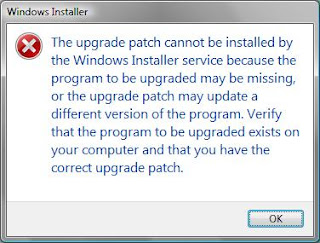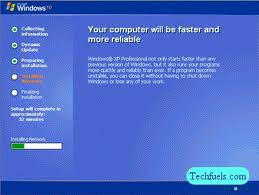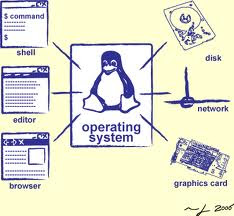In our everyday life with computers and laptops, we often run into different types of problems which can make our life miserable. Most of these problems result from corrupt file installations, malicious attacks by virus, Trojan or spyware, improper shutdown, hardware or software conflicts etc. In many cases we are suggested to completely re-install Windows operating system for a remedy. But even after a fresh installation, we may continue to face even more serious problems that are more difficult to solve.
My personal PC experience is full of these hectic re-installations. Over the last 13 years of my life with PC and Windows, I did it time and time again. That is why I believe I can be of some help in giving you useful tips for a hassle-free Windows re-installation.
Before you start the re-installation and hit that 'Setup.exe', follow these steps:
- Remove all your files/documents from (or rename) the 'My Documents' and 'Desktop' folders. You can move them to a different partition for safety.
- Take a look at the hardware/devices in your computer from 'Device Manager' by right clicking 'My Computer', selecting 'Properties' then 'Hardware' tab. It is extremely useful to have a screenshot of the array of the devices saved.
- In case you're worried about hardware drivers, carry out a physical examination of all the hardware, i.e. your motherboard, hard drive, graphics card, CD/DVD drive, chipsets, BIOS etc. Note down their brand names and model numbers in a piece of paper. In case your computer shows hardware conflict arising from lack of proper drivers, you can get them downloaded from the internet.
- Carry out a thorough study of your PC to find out customized settings, configurations, shortcuts, saved files, tweaks, internet bookmarks/favorites etc. and save/note them. A fresh installation would destroy most of these settings/configurations.
- Gather the driver CD/DVDs (or even those old Floppies if you still have a drive) for display, audio, LAN card etc.
- Keep the essential software CDs handy (e.g. MS Office, Acrobat Reader, WinZip, Nero Burning ROM etc).
- Get the CD-keys of all the software nearby (or written, if you have lost the CD cover already from the software installed. Usually they are found in the Help>About menu option).
- It is a good idea to get rid of would-be-junks. So, gradually uninstall all the software that you installed over a period of time. This will trim the hard disk space by removing files which will become invalid after a fresh re-installation. Use the software's inbuilt uninstaller or the Windows' uninstaller in this case.
- I strongly suggest getting a copy of DOS shell program like Norton Commander (NC) installed in a different partition. When everything fails, NC (or a similar program) can bail you out.
Now that you're almost done, get the Windows CD/DVD placed at the disk drive, make sure you turn on the 'boot from CD' option in the BIOS and switch on the PC. Follow the steps prompted by the installation session.













